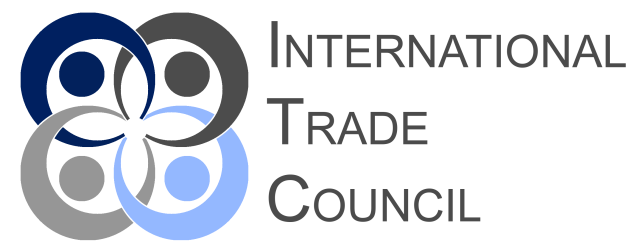Businesses have many options to grow their market reach and revenue through international trade. They are, however, also at danger from currency changes, which, if poorly managed, can have serious financial repercussions. The significance of controlling currency exchange and hedging risks in global trade will be covered in this article, along with techniques organizations can use to reduce these risks.
Businesses have many options to grow their market reach and revenue through international trade. They are, however, also at danger from currency changes, which, if poorly managed, can have serious financial repercussions. The significance of controlling currency exchange and hedging risks in global trade will be covered in this article, along with techniques organizations can use to reduce these risks.
Understanding Currency Risk in International Trade
Foreign exchange risk, commonly referred to as currency risk or FX risk, occurs when changes in exchange rates have an impact on the value of a company's financial transactions, assets, or liabilities. The competitiveness of a company's products, the profitability of sales, and the value of abroad investments can all be impacted by currency risk in the context of international trade. Businesses involved in international commerce need to be aware of these risks and have mitigation measures in place to lessen the impact they could have on financial performance.
Strategies for Managing Currency Risk
Tracking and predicting changes in exchange rates
To manage currency risk, one must first track and predict changes in exchange rates. Businesses should study market circumstances, monitor historical trends, and keep abreast of political and economic developments that can affect currency prices. By using this data, businesses can decide when to sign contracts, modify their pricing plans, or cover their currency risk.
Invoicing in the home currency
Invoicing in the home currency is a straightforward way to manage currency risk. Businesses can do away with the possibility of revenue variations as a result of exchange rate swings. This tactic, nevertheless, might not be appropriate for all businesses because it could reduce the competitiveness of their goods in international marketplaces where consumers prefer to pay in their home currency.
Currency hedging
A financial tactic called currency hedging is designed to lessen the risk that exchange rate variations will affect a company's financial activities. Businesses can use a variety of hedging instruments, including:
Forward contracts: A forward contract is a commitment made by two parties to exchange a specific quantity of money at a predetermined exchange rate at a future date. Through the locking in of an exchange rate, firms can lessen the effect of currency volatility on their transactions.
Currency options: A currency option allows the buyer the choice—but not the obligation—to purchase or sell a set quantity of money at a predetermined exchange rate by a given deadline. This enables firms to hedge against negative changes in exchange rates while reaping the rewards of positive ones.
Currency swaps: Exchange of principal and interest payments over a predetermined time period in different currencies is known as a currency swap. By changing their cash flows into their preferred currency, this can assist firms in managing their currency risk.
Expanding your supply and market options
Diversifying the market and supplier base of the business is another strategy for managing currency risk. Businesses can spread their currency risk and lessen the impact of exchange rate swings on their overall financial performance by conducting business in numerous countries and with suppliers that use different currencies.
Diversifying markets and suppliers
Last but not least, companies should create a thorough policy for managing currency risk that describes how they will handle controlling currency exposure, including the use of hedging tools and techniques. This policy needs to be continuously evaluated and changed to make sure it can still effectively manage currency risk in a world economy that is always evolving.
Read more views




